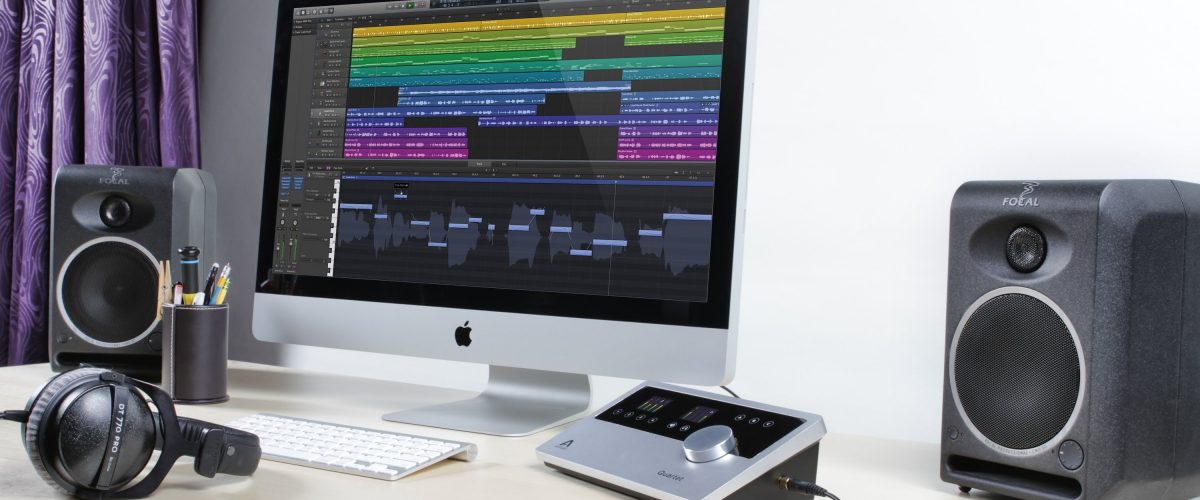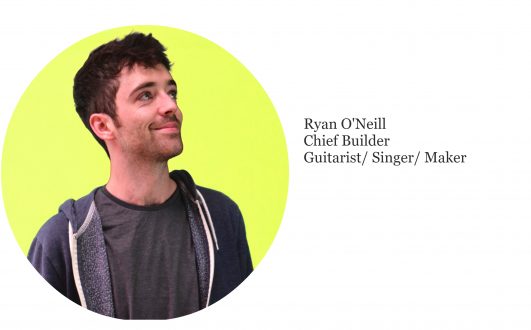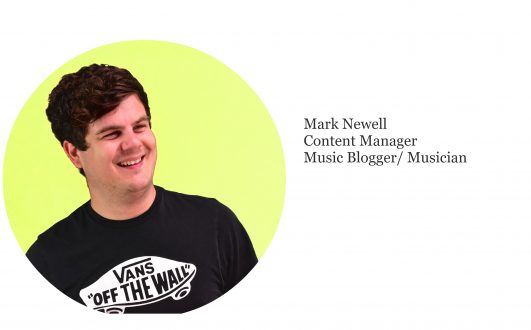Compression part 2: Types of Compression
4th June 2017

In part one of our compression series we talked about the basic controls on a typical compressor and how to implement these controls to achieve a desired sound. We also talked about how compressors can be used in many different ways, both musically and dynamically. In this part of the compression series we are going to look at a few of these different ways compressors can be used to tidy your mix or add interesting effects.
Multiband Compression
Multiband compression is something which you may find yourself using more and more as you gain experience in DAW’s. Its a type of compression where a particular frequency band (usually specified by the engineer/producer) is compressed rather than the entirety of the audio signal as is often the case with regular compressors. These are particularly useful if you want to, for example, tighten the low mids of a bass sound without taking away from the high end. Choose the frequency you wish to alter then set the threshold, attack and release accordingly.
Sidechain Compression
Sidechain compression is a method that is becoming more and more popular with the upsurge of budding electronic music producers. It involves using a compressor, triggered by one sound, to duck the volume of another sound. The most popular example of this is using the signal from your kick channel to duck the volume of the bass channel every time the kick hits. This means that the bass is momentarily attenuated or turned down to allow the kick frequencies to punch through the mix without clashing and causing potential phasing issues. The attack and release settings on the compressor determine the snappiness of the sidechain and how long the volume stays ducked for. The threshold in this case basically controls the amount of sidechain compression.
Parallel Compression
Parallel compression (also known as New York compression) involves mixing extremely compressed signal with the original, uncompressed signal. This is a method made easier with the Dry/Wet function appearing more frequently on compressor plugins or the ability to set up AUX send channels within DAW’s. Alternatively you can duplicate the channel you want to compress and put a compressor with harsh settings on only one of the channels. This is a more traditional method and it’s always important to beware of possible phasing issues if you choose to use this type of parallel compression.
Bus Compression
Using bus channels in DAW’s will allow for a wider variety of mixing and composition possibilities. A bus channel involves grouping the audio from multiple channels of a similar nature (like a drum bus combining all the percussion in the mix or a synth bus combining all the synths with a fundamental above 200hz.) Bus compression is useful for taming peaks on bus channels and maintaining uniformity in the mix. If done right this type of compression can really bring things like drums to life by bringing out nuances that may not have been obvious before bus mixing. For great, authentic sounding bus compressors we recommend Cytomic’s The Glue compressor (modeled after the SSL bus compressors) or Waves’ fantastic version of the famous API 2500 series compressor. Both have their own unique characteristics which can be very pleasing to the ear.
Limiting
Limiting is a type of compression where the ratio is set anywhere from 20:1 right up to ∞:1. Both compressors and limiters set out to reduce dynamic range in audio, although both do it in slightly different ways. Limiters set a threshold which the audio signal cannot exceed, squeezing as much volume out of the audio source as possible by increasing the volume of the more quiet sounds. It’s important to achieve a balance between loudness and dynamic range, something which is often disregarded in the modern day ”loudness war.” We’ve discussed how our ears can be tricked into thinking that louder sounds better, be wary of this when using limiters as too much limiting can take the life out of your track or even cause some harsh distortion. While limiters are usually saved for the mastering stage in production and engineering, they can often be useful for mix buses if used correctly by reducing harsh peaks in audio.
Compression as we constantly stress is one of the most talked about aspects of audio engineering. It is extremely important that when using compression you don’t overdo it and put yourself at risk of making your audio sound dead and flat. A good tip is to layer up more two or three compressors instead of slamming just one. Doing so will give you much more control over the sound you are compressing. As we said, compression is hard to get your head round at first, but once you’ve got a good grasp on it it can become incredibly fun to experiment with and you can yield many different results using even the most basic compressors.
Until next time,





